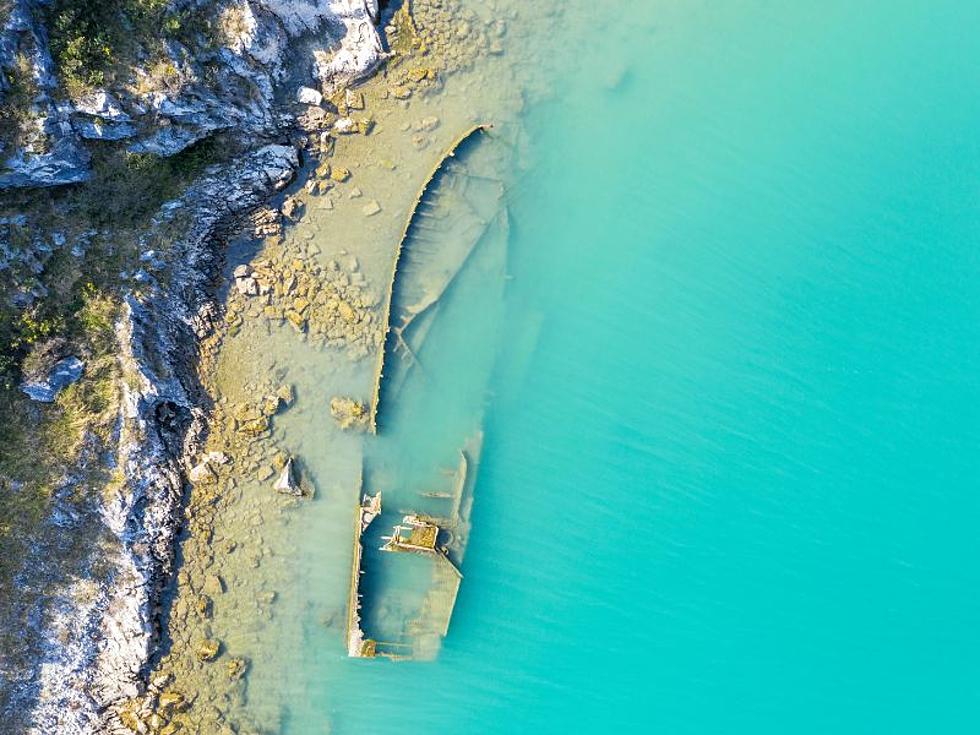
20 Stunning Photos of Shipwrecks From WWI and WWII
Beneath the vast surface of the world's oceans lie an estimated 3 million shipwrecks, of which just an estimated 1% have been explored. From "Robinson Crusoe" to the "Pirates of the Caribbean," shipwrecks have permeated popular culture via books and films and been a source of morbid fascination for generations. Indeed, with the resurgent popularity of sea shanties in 2021 and the 25th-anniversary rerelease of the Oscar-winning modern classic "Titanic" in 2022, interest in the history that rests upon the ocean floor seems, once more, to be permeating the cultural zeitgeist.
Naval Evolution: WWI to WWII
During the first half of the 20th century, World War I and World War II were periods of uniquely heavy naval engagement. The rise of submarine warfare in WWI changed the way naval warfare was waged, the effect of which radiated into the more technologically developed vessels employed in WWII. That conflict alone resulted in at least 15,000 ships sunk, a number that is likely to rise as more wreckage is discovered over time.
How negative an impact this wreckage has on marine life is still being studied. For the most part, these sunken ships are often extremely well preserved, having been in the water now only around 100 years. Some are even easily accessible to tourists via scuba diving or even snorkeling, providing unique opportunities to view marine ecosystems in a dynamic and dramatic setting.
Whether accessible by the average diving lover or only through deep-sea documentary footage, war-era shipwrecks are a fascinating window into maritime history. Stacker compiled research from local diving centers, wreckage databases, and news sites to provide context for a series of striking images of WWI and WWII shipwrecks.

